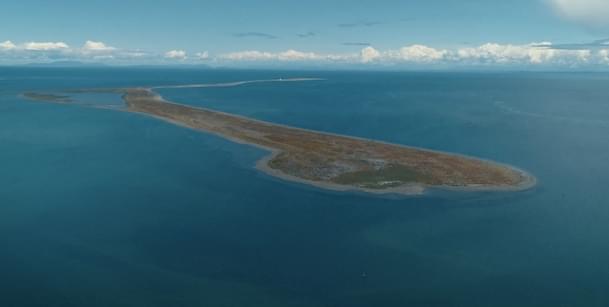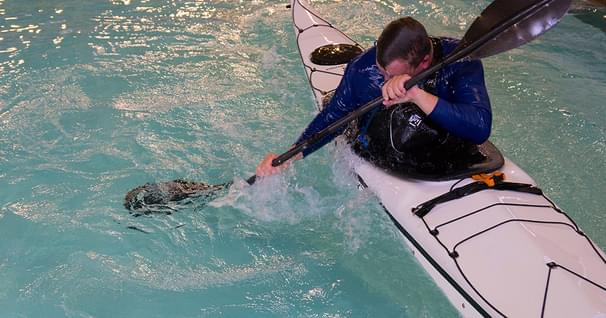Kayaking - Rules of the Road
One of the great things about kayaking is that on a very simple level, you can just slip on a life jacket, grab a paddle, and start paddling around without any prior experience. But something that all paddlers should be aware of are the general rules of the road when it comes to navigating our waterways, particularly in the high-use areas.
The biggest problem for kayakers is that compared to motorized boat traffic, we move at a snail's pace on the water, which makes it tough to get out of the way of other boats. We also carry a very low profile on the water, which can make it difficult for other boats to see us, even when we're in wide-open water. This is why it's important to understand how other boats navigate through the waterways so that, as kayakers, we can choose a course that minimizes our time spent in the path of bigger and faster boats.
Looking at navigation on a very basic level, you'll find colored buoys on almost any waterway that has regular motorized boat traffic. The red and green buoys are there to define the main channel and the safest path for powerboats to take. To help remember where the main channel is, use the rule of three "R"s: red, right, returning, which simply means if you're paddling upstream on a river or if you're returning from open water, you'll want to keep the red markers on your right side to stay in the main boating channel.
Of course for kayakers, though, the main channel is a great spot to just avoid whenever you can. Although you can expect most boat traffic to stay in these main channels, smaller powerboats that can travel through shallow water are a lot less predictable, and so they tend to present the biggest threat to paddlers. And so, in general, in high-traffic areas, it's a good idea for paddlers to stay close to shore and for any crossing of the main channel to happen as quickly as possible.
One inevitability if you're paddling in a high-boat-traffic area is dealing with boat wake, and powerboats can kick up some pretty significant waves. The most controlled and stable way to deal with a boat's wake is to point your kayak directly into the oncoming waves and to continue to paddle as you pass over them.
50 years of lightweight, maneuverable, high-performing kayaks.
Check out this interview with Tom Keane, Eddyline Kayaks Co-Owner, on their journey!
Related Articles
Dungeness Spit from above, with the New Dungeness Lighthouse in the distance Dungeness…
Driving a car safely involves much more than merely focusing only as far ahead as the taillights of…
Mention “pool session” and the first image that pops into most kayakers minds is a class in how to roll.…
A chart is not a map. A map just shows you how to get from point A to point B through roads. A nautical…




